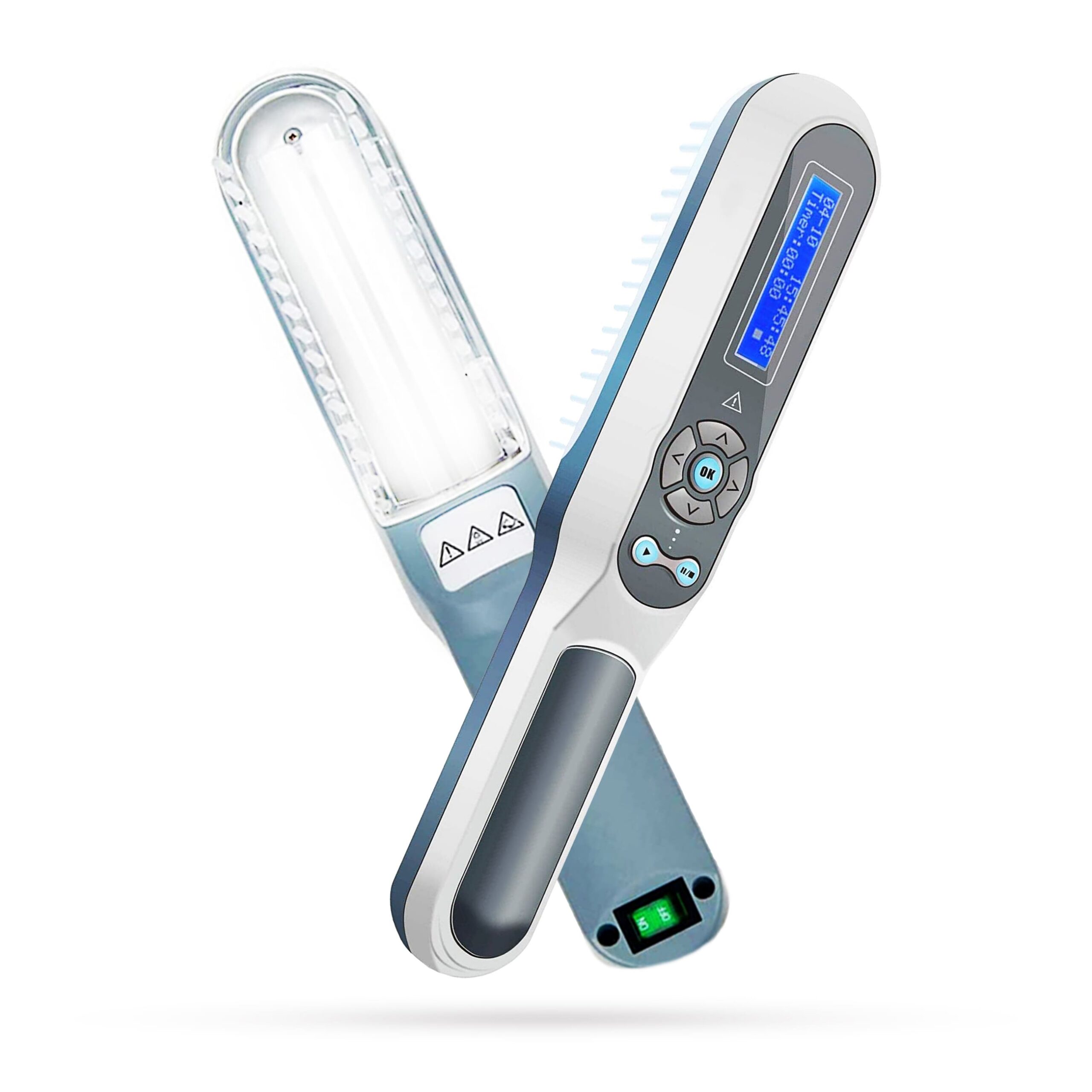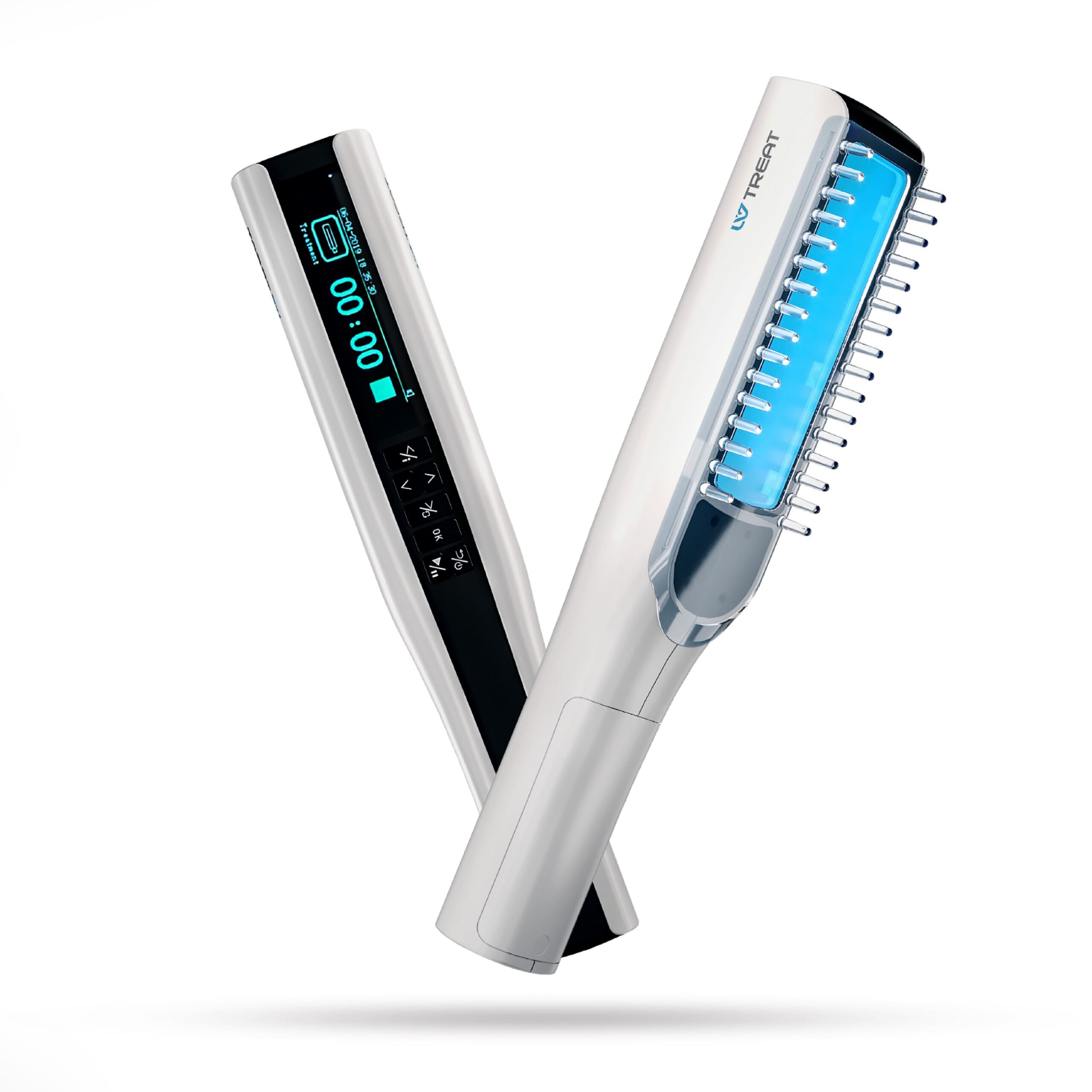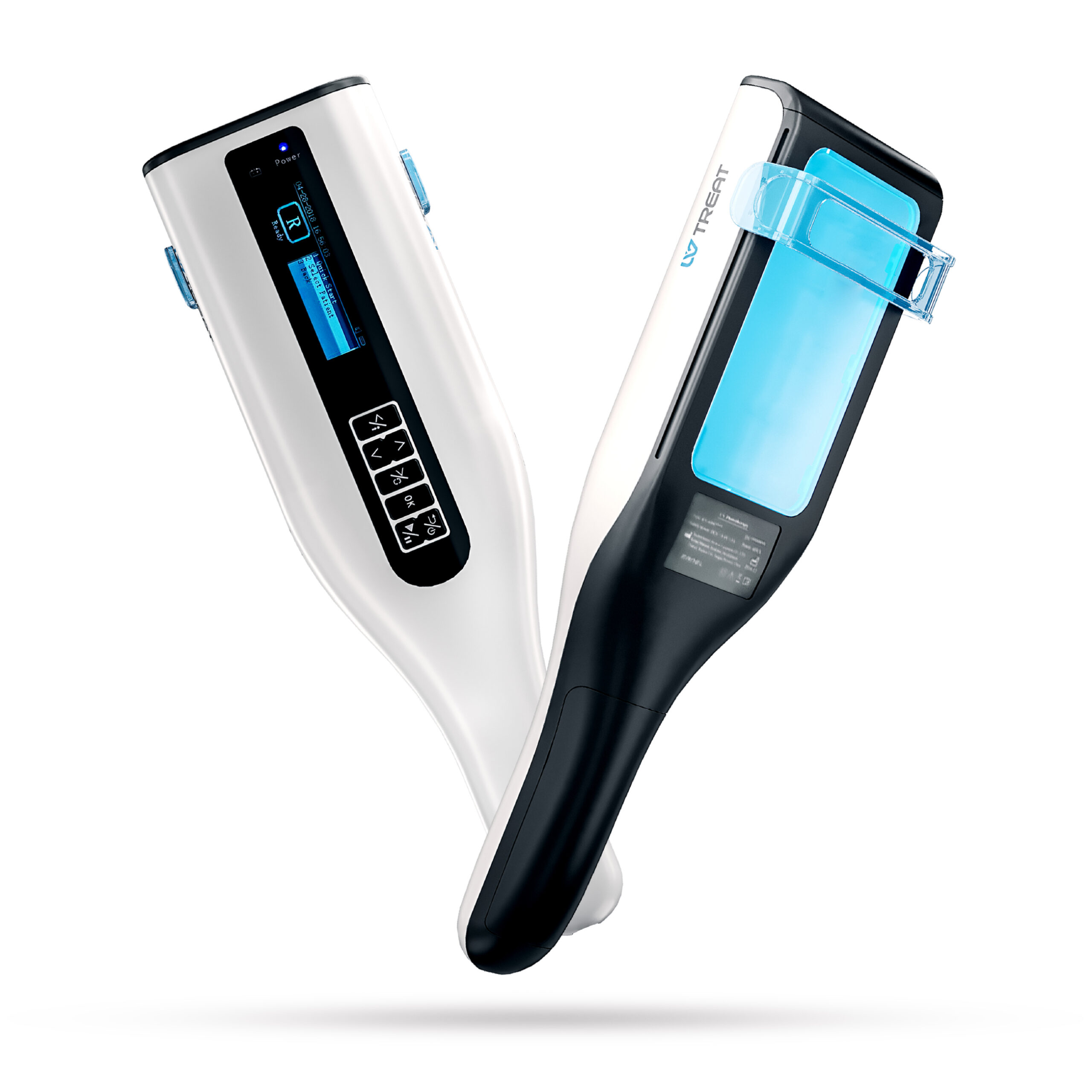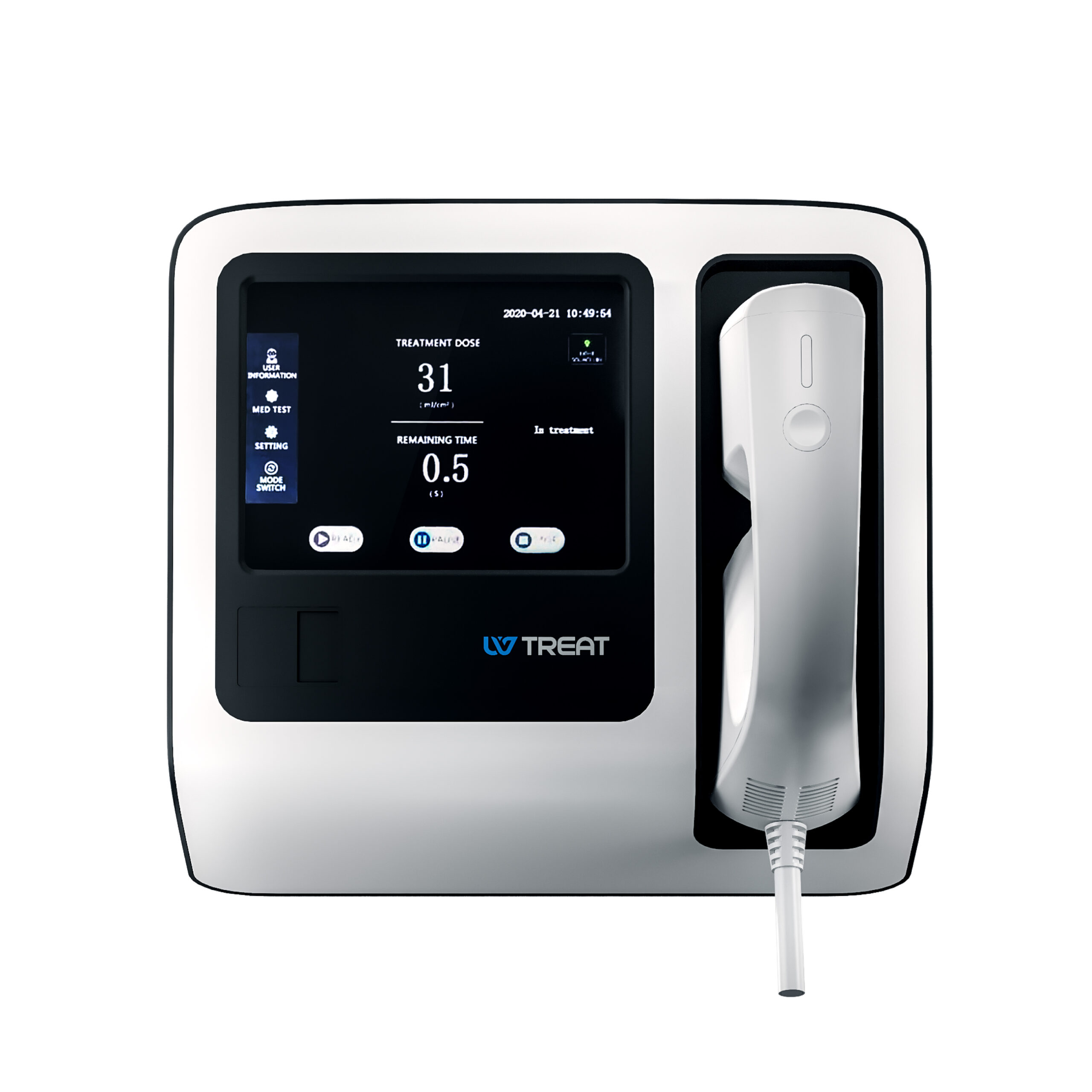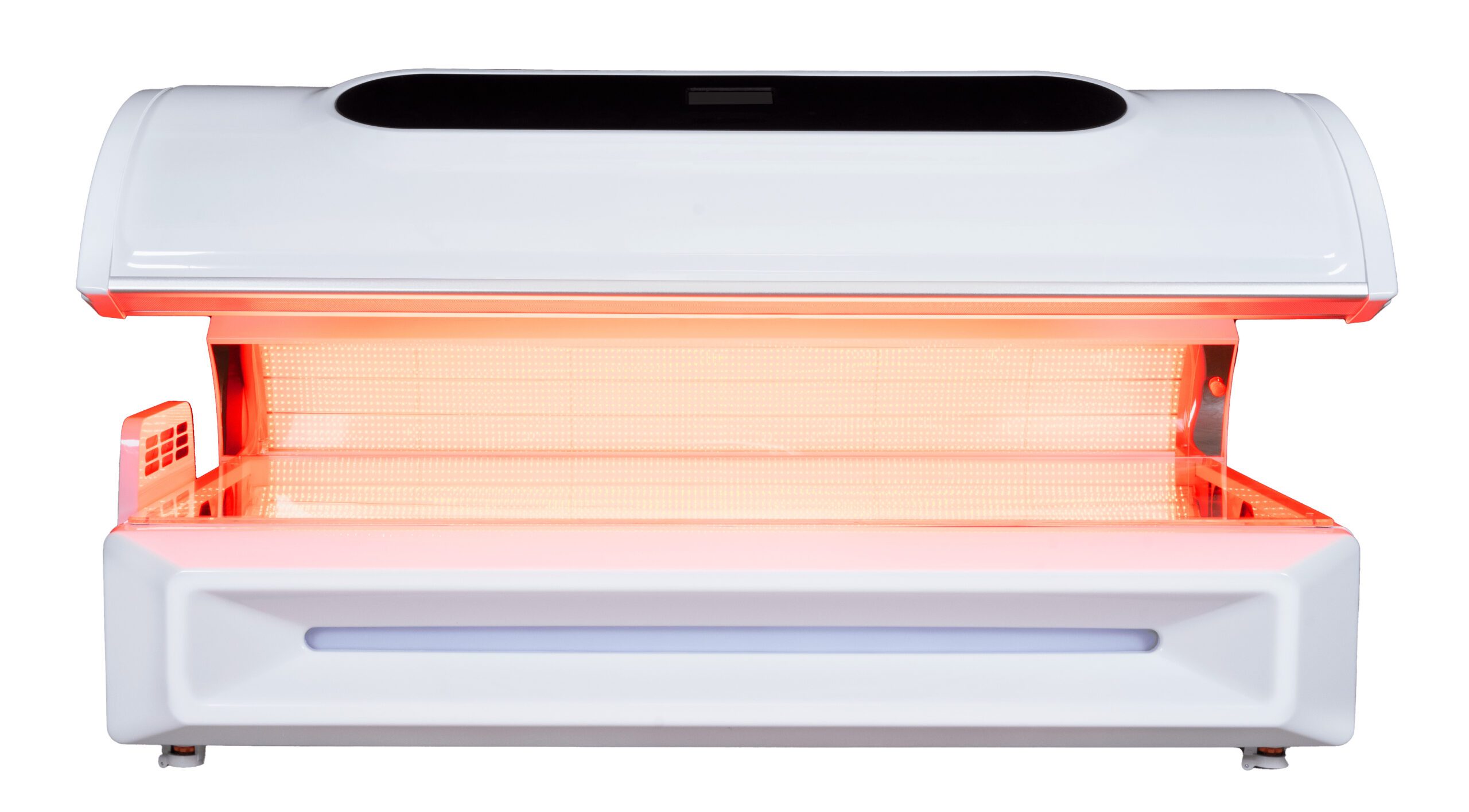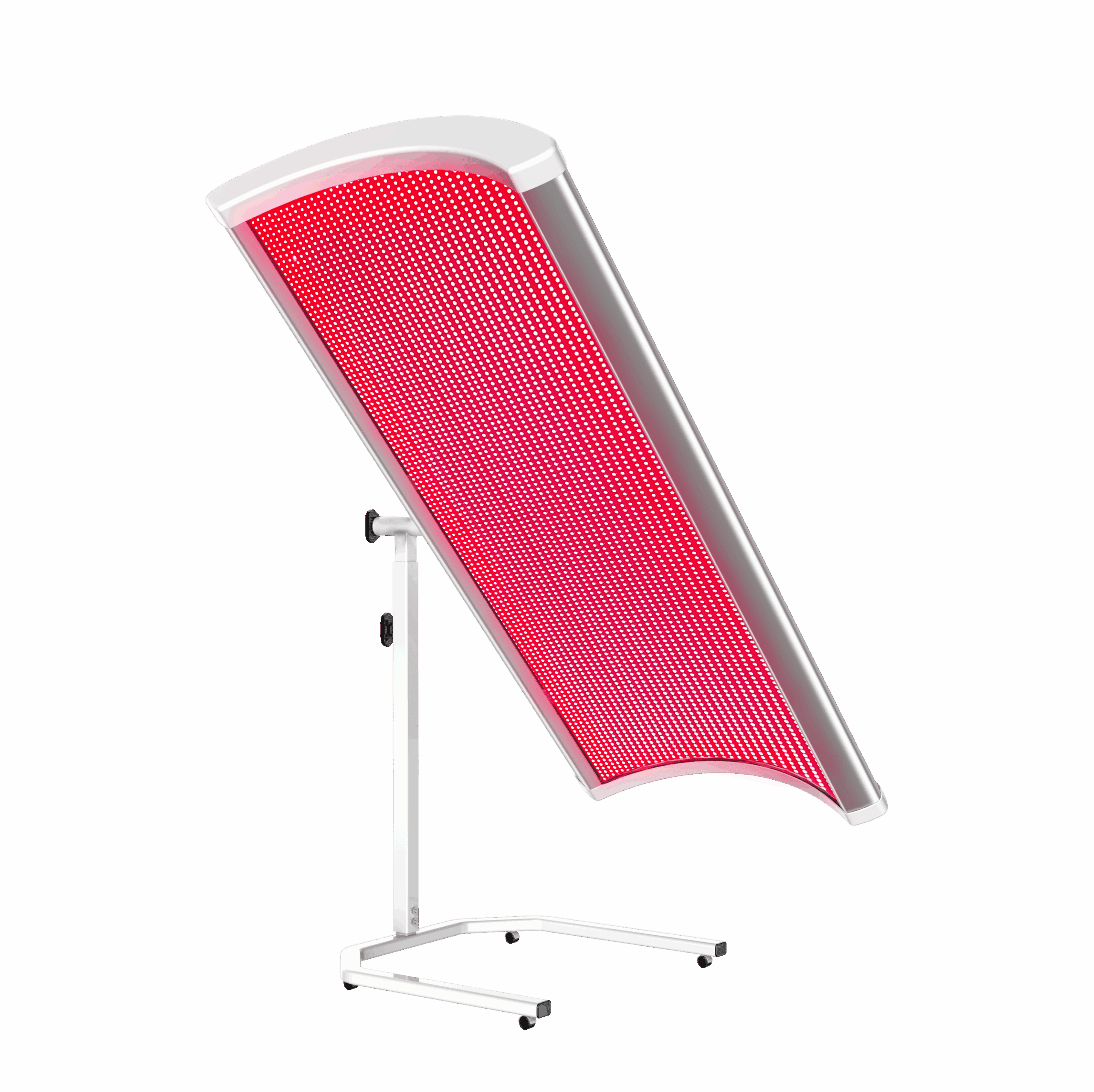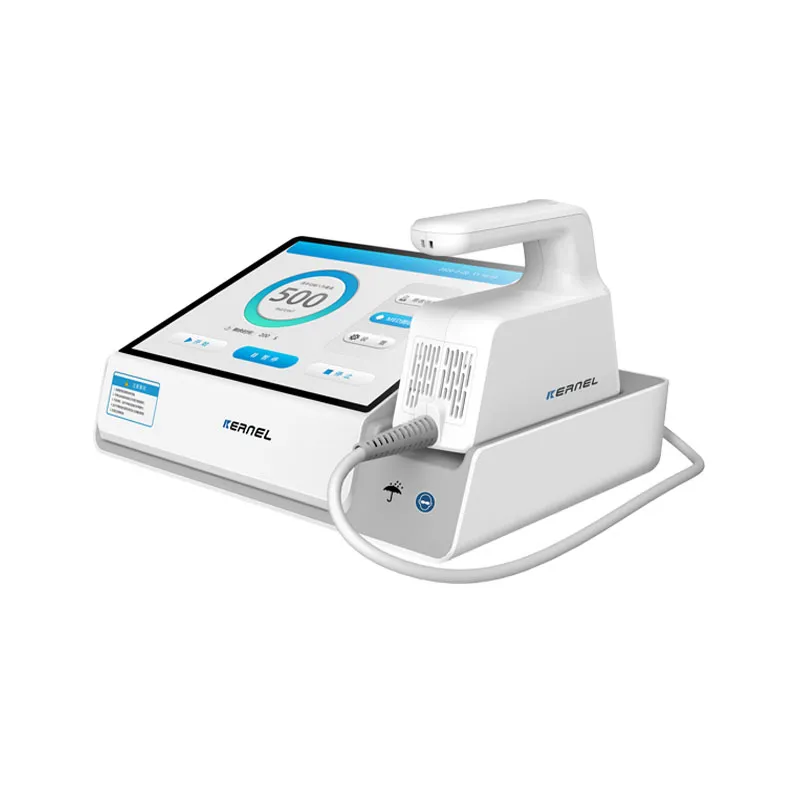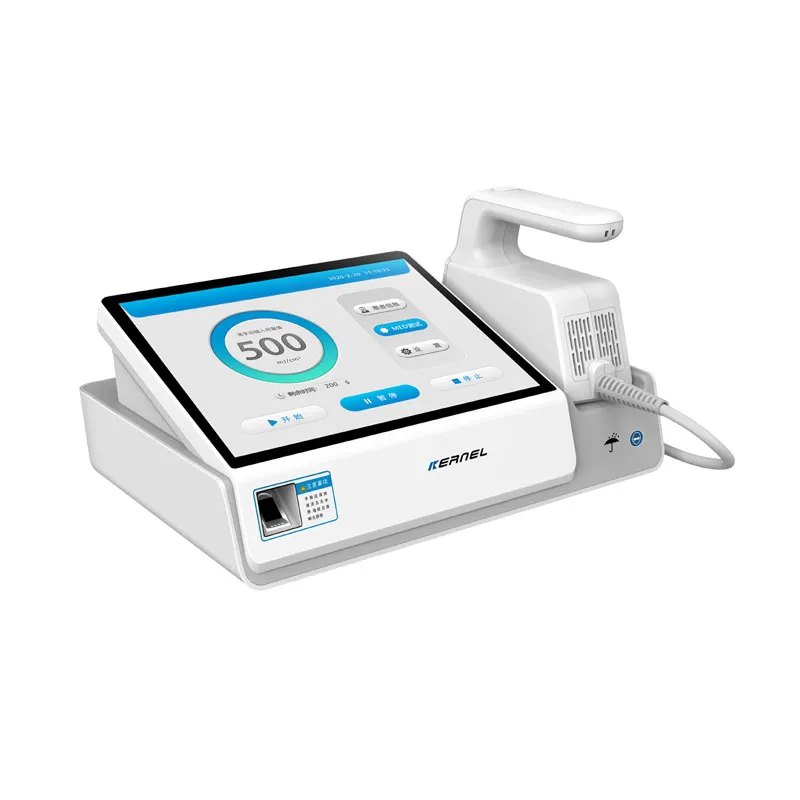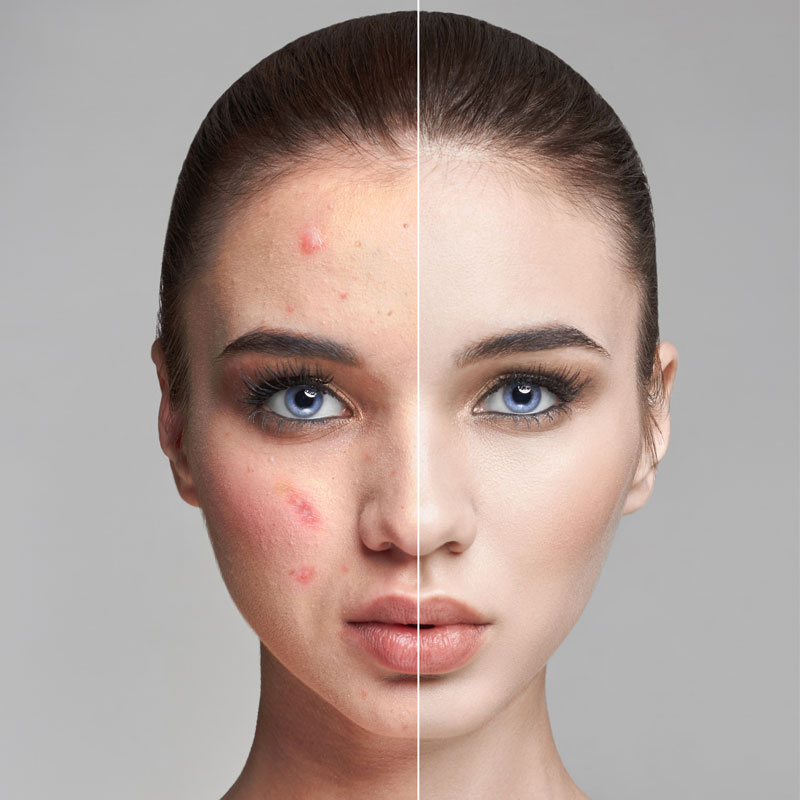Ultraviolet Light Darken the Skin
Exposure to ultraviolet (UV) light leads to the skin’s darkening, an intricate process driven by our body’s biological defense mechanisms and evolutionary adaptations. UV light, which originates from the sun, is classified into three types based on wavelength: UVA, UVB, and UVC. While UVC is mostly absorbed by the Earth’s atmosphere and doesn’t reach the surface, UVA and UVB penetrate to varying depths of the skin and play pivotal roles in skin darkening.
UV Light and Skin
When UV light penetrates the skin, it initiates a series of reactions primarily in the epidermis, the outermost layer of skin. The epidermis houses melanocytes, specialized cells responsible for producing melanin, the pigment that gives skin, hair, and eyes their colour.
Melanin comes in two forms: eumelanin (brown to black pigments) and pheomelanin (red to yellow pigments). The type and amount of melanin produced by these cells dictate the skin’s overall colour and response to UV exposure.
Upon UV exposure, melanocytes are stimulated to produce increased amounts of melanin as a protective response. This process is known as melanogenesis. Melanogenesis involves the enzyme tyrosinase, which converts the amino acid tyrosine into melanin. Increased melanin production results in its distribution to neighboring keratinocytes, the predominant cell type in the epidermis, leading to visibly darker skin.
Melanin
The reason behind this response lies in melanin’s ability to absorb and dissipate UV radiation, thus protecting deeper layers of the skin. Melanin acts as a natural sunscreen, converting UV radiation into harmless heat through a non-radiative process. This reduces the risk of UV-induced DNA damage, which can lead to mutations and skin cancers. Essentially, the skin’s darkening serves as a barrier against further UV damage, a testament to the body’s adaptive protective mechanisms.
UV-induced skin darkening follows a biphasic pattern: immediate pigment darkening (IPD) and delayed tanning (DT). IPD occurs within minutes of UV exposure and is predominantly caused by UVA rays. It results from the photo-oxidation of pre-existing melanin and redistribution of melanosomes (melanin-containing organelles) within the skin cells. Though quick to develop, IPD is temporary and fades within a few hours to days.
Delayed Tanning
In contrast, delayed tanning is a prolonged response primarily driven by UVB exposure, although UVA also contributes. Delayed tanning involves new melanin synthesis and can take days to become noticeable, lasting for weeks or longer. It is a more robust and enduring pigmentary response aimed at long-term protection against UV radiation.
While melanin provides a degree of photoprotection, its effectiveness has limits. Individuals with lighter skin, characterized by lower baseline levels of melanin, are more prone to UV damage and have an increased risk of skin cancers such as melanoma, basal cell carcinoma, and squamous cell carcinoma. Conversely, those with darker skin exhibit greater natural protection due to higher melanin content, though they are not entirely immune to UV-related skin damage.
In addition to melanogenesis, UV exposure also induces other protective responses in the skin. For instance, the thickening of the stratum corneum (the outermost layer of the epidermis) reduces the penetration of UV rays.
Additionally, UV exposure stimulates the production of urocanic acid in the stratum corneum, which has photoprotective properties that can help mitigate the effects of UV radiation.
Interestingly, the evolutionary aspect of melanin production underscores how our ancestors adapted to varying levels of UV exposure in different geographic regions. Populations living closer to the equator, where UV radiation is intense year-round, evolved to have higher melanin levels, resulting in darker skin. This adaptive trait offered protection against UV-induced damage and folate degradation while allowing sufficient UVB-induced synthesis of vitamin D. Conversely, populations in regions with lower UV radiation levels evolved lighter skin, optimizing vitamin D synthesis despite reduced melanin-mediated protection.
Despite these protective mechanisms, overexposure to UV light can have adverse effects beyond tanning. Acute overexposure results in sunburn, characterized by redness, pain, and inflammation. Chronic exposure accelerates skin aging (photoaging), manifesting as wrinkles, pigmentation changes, and loss of skin elasticity due to the breakdown of collagen and elastin fibers. Furthermore, persistent UV exposure increases the risk of skin cancers, emphasizing the necessity of adequate sun protection measures.
Sunscreen
To counteract harmful UV effects, various sun protection strategies have been developed. Broad-spectrum sunscreens, which shield against both UVA and UVB rays, are critical in minimizing UV-induced skin damage. In addition to sunscreen, the use of protective clothing, hats, and sunglasses, as well as seeking shade during peak UV hours, are effective measures. Encouragingly, increasing awareness of sun protection has led to a growing emphasis on these practices, contributing to better skin health globally.
Conclusion
In conclusion, the darkening of the skin in response to UV light exposure is a complex and adaptive mechanism rooted in melanin production and distribution. This process not only provides an immediate response to UV radiation but also serves as a longer-term protective strategy against the detrimental effects of UV exposure. Understanding the biological, evolutionary, and protective aspects of skin darkening underscores the importance of responsible sun exposure and protective measures to maintain skin health. Through continued education and awareness of UV protection, we can strike a balance between enjoying the sun and safeguarding our skin for the future.

